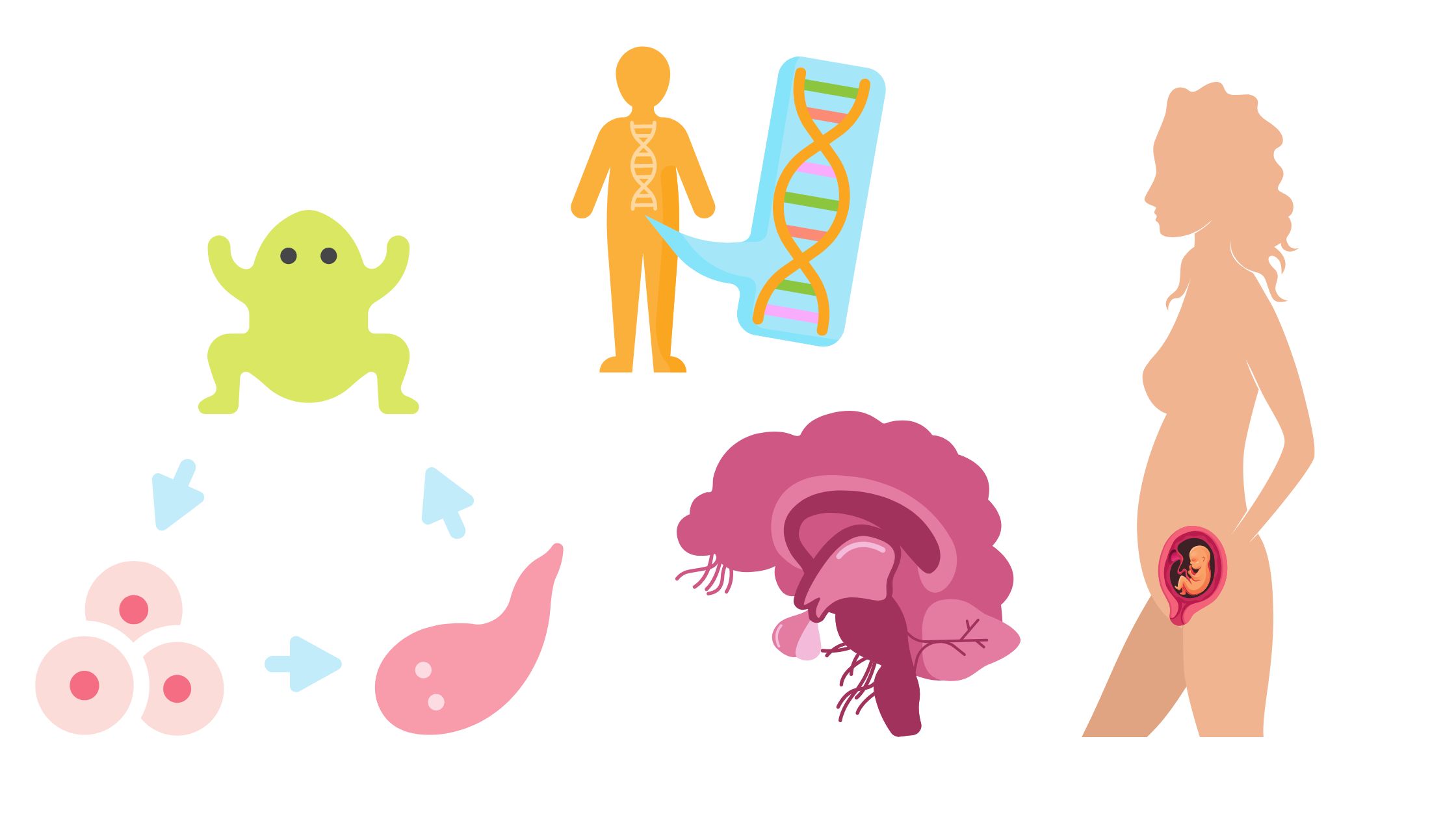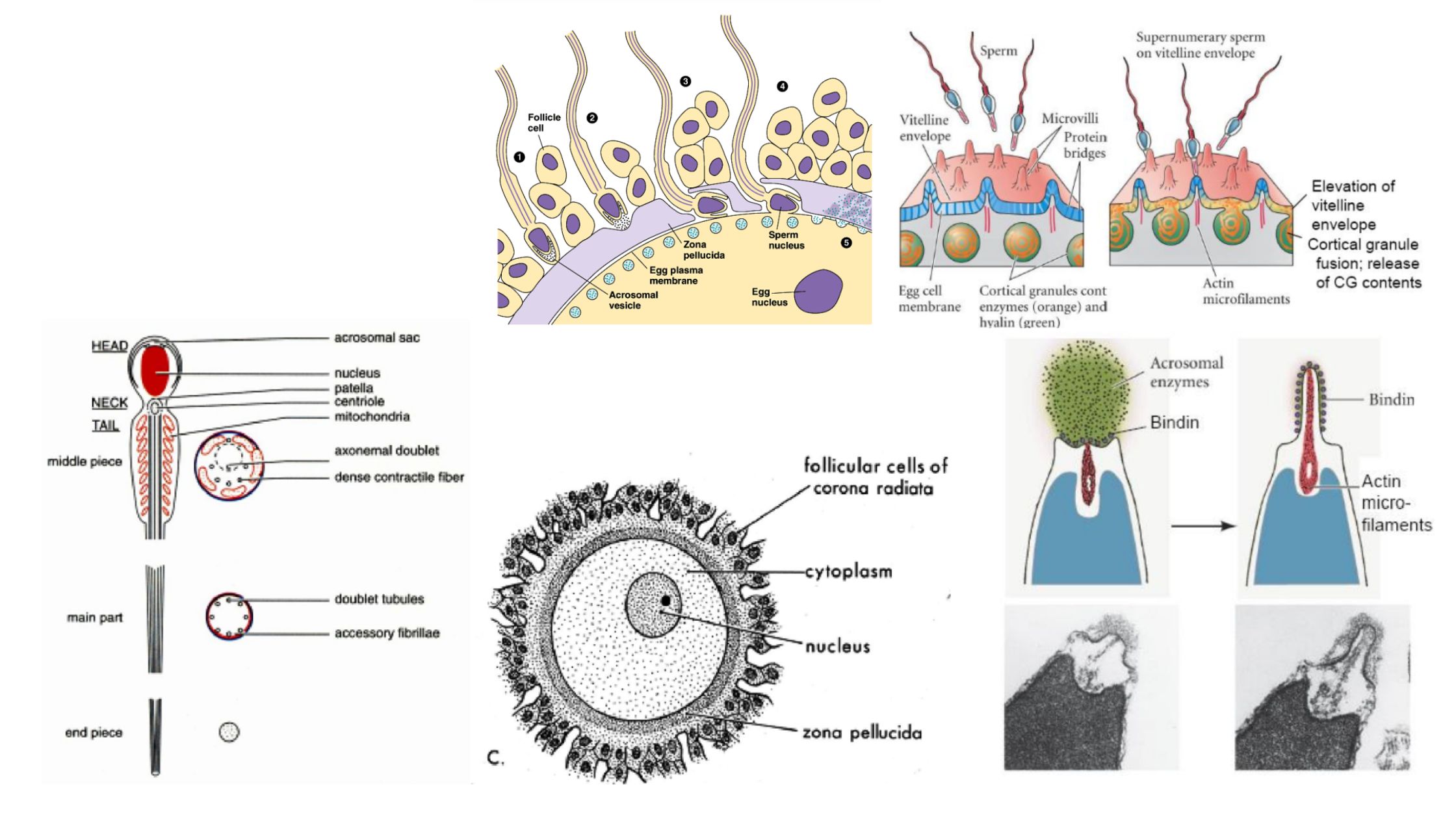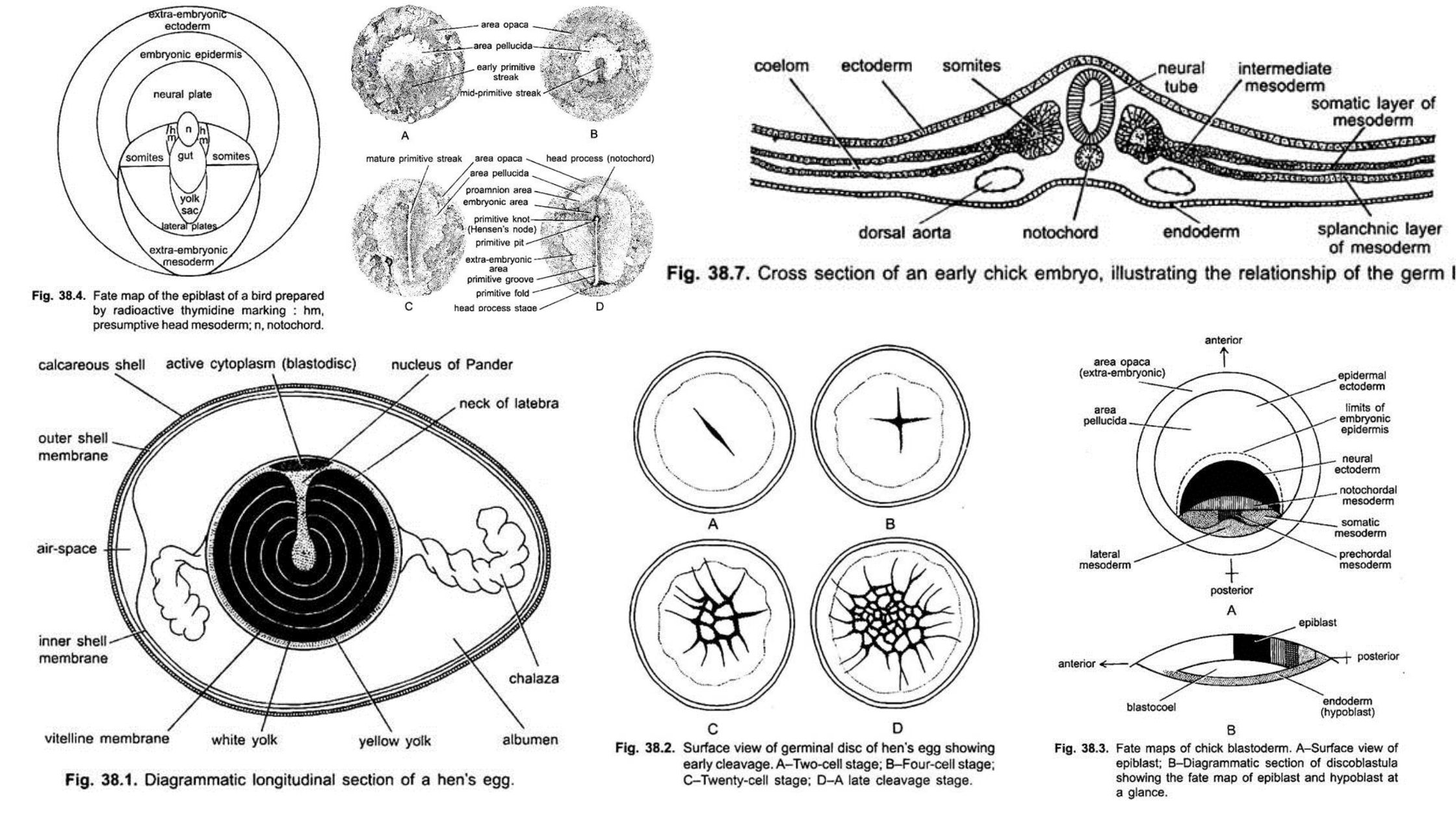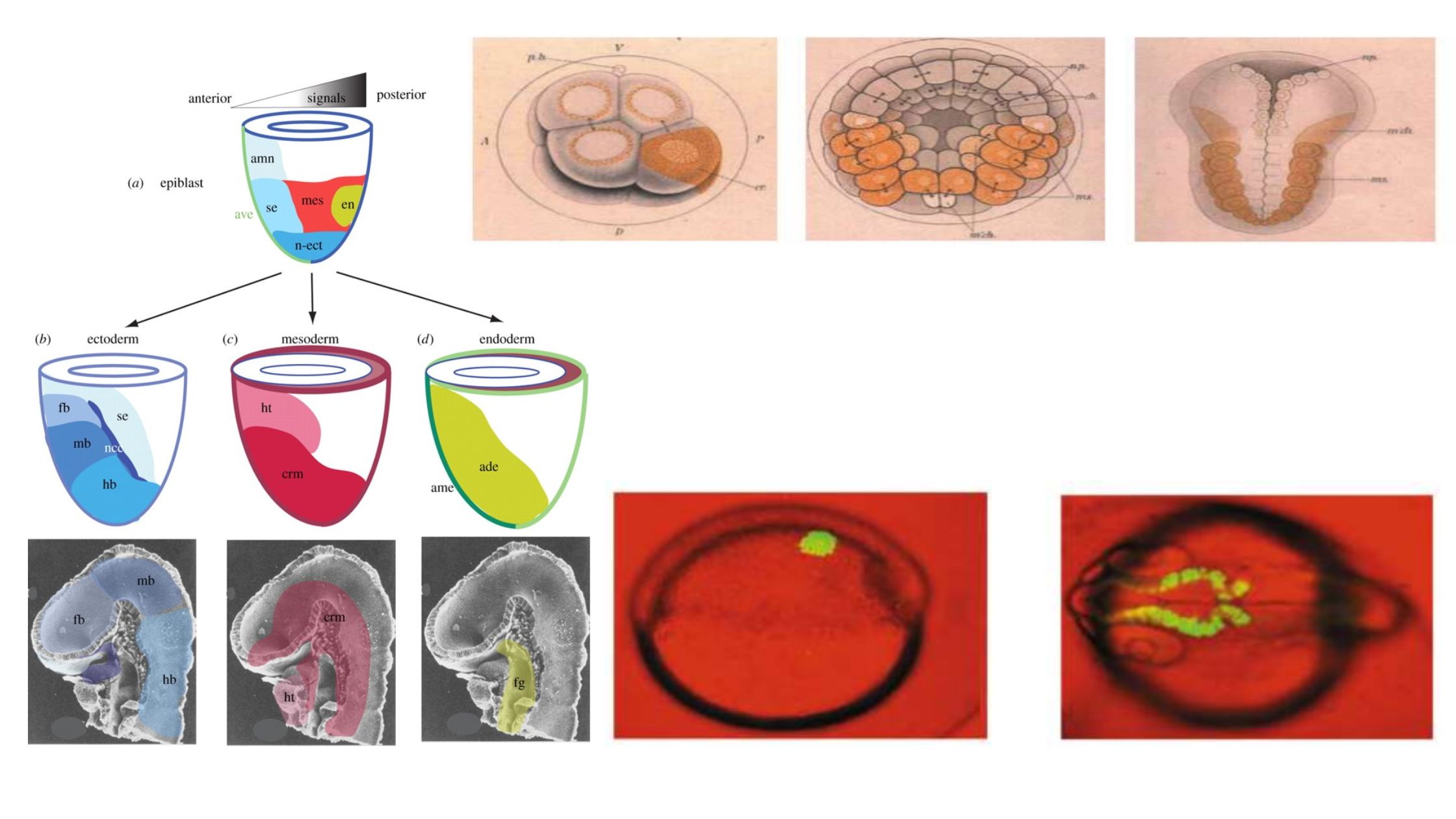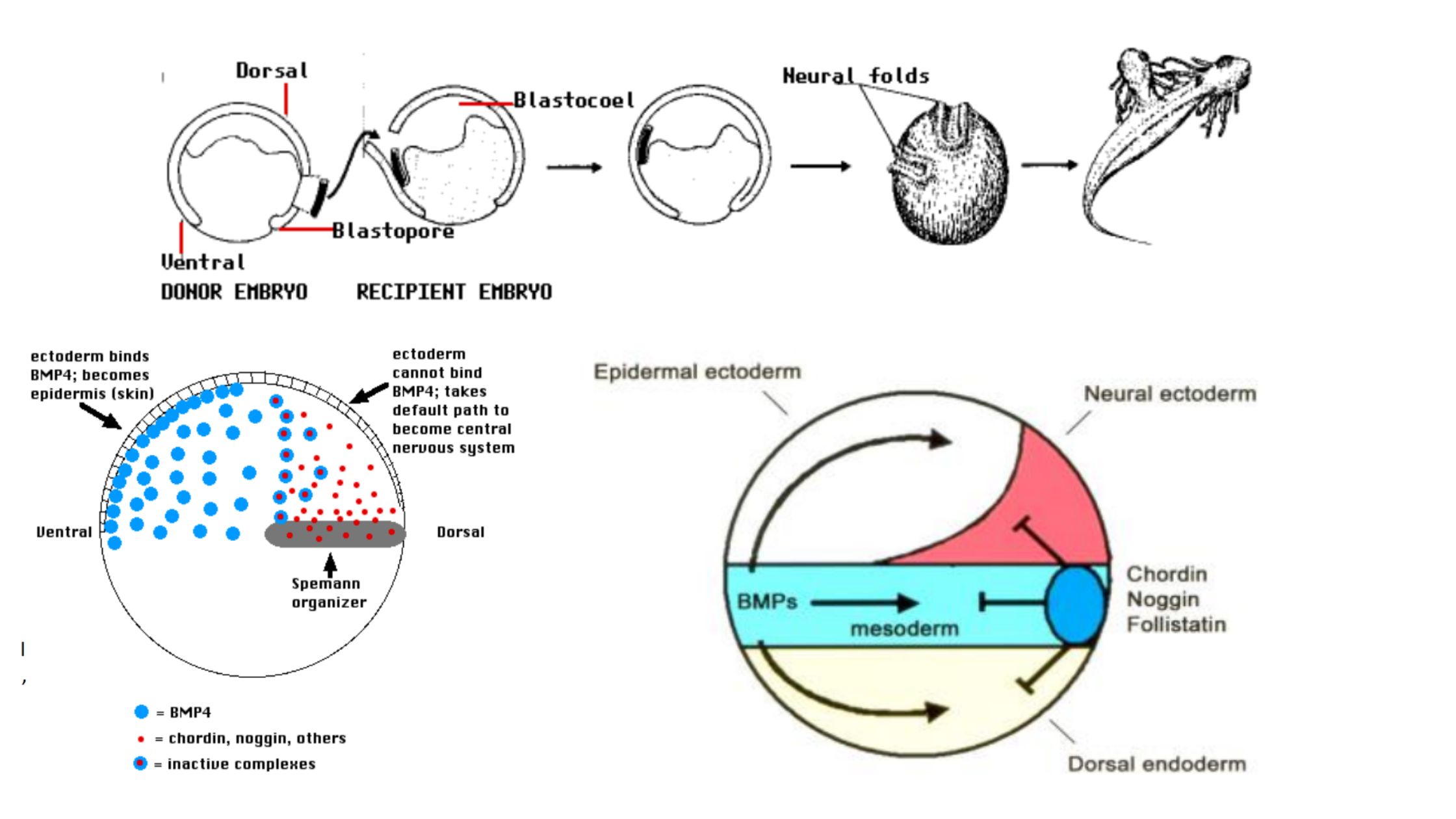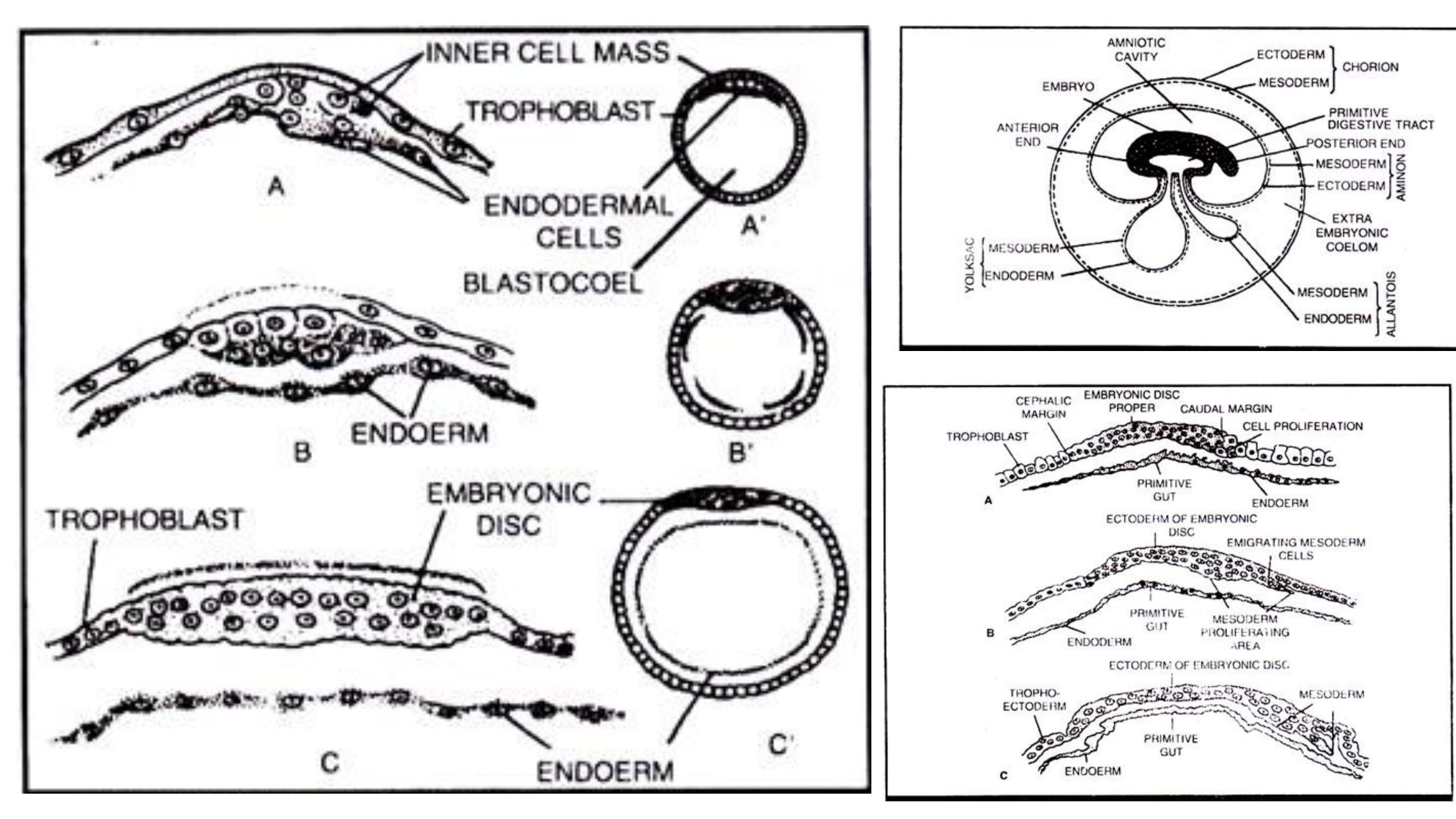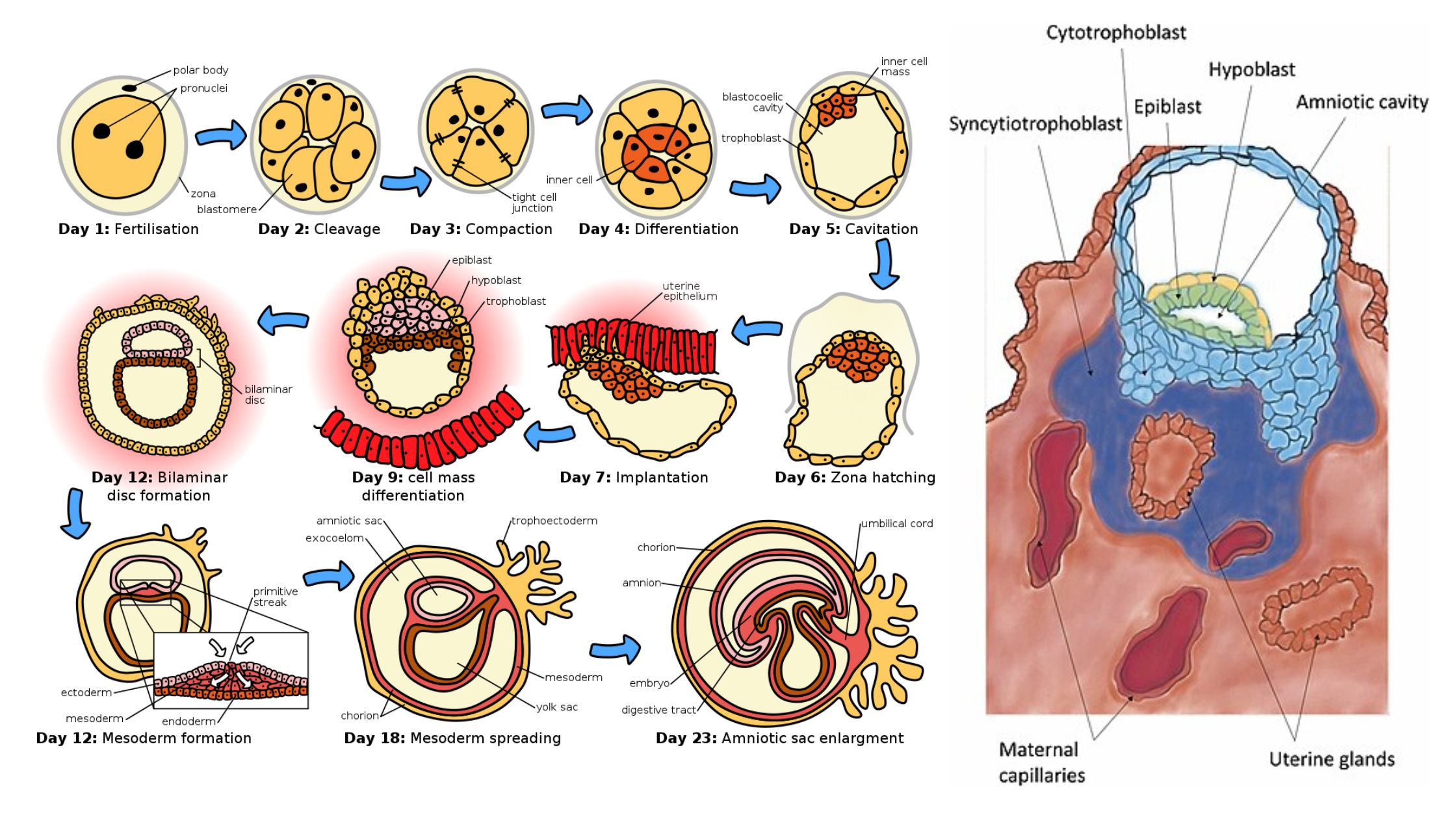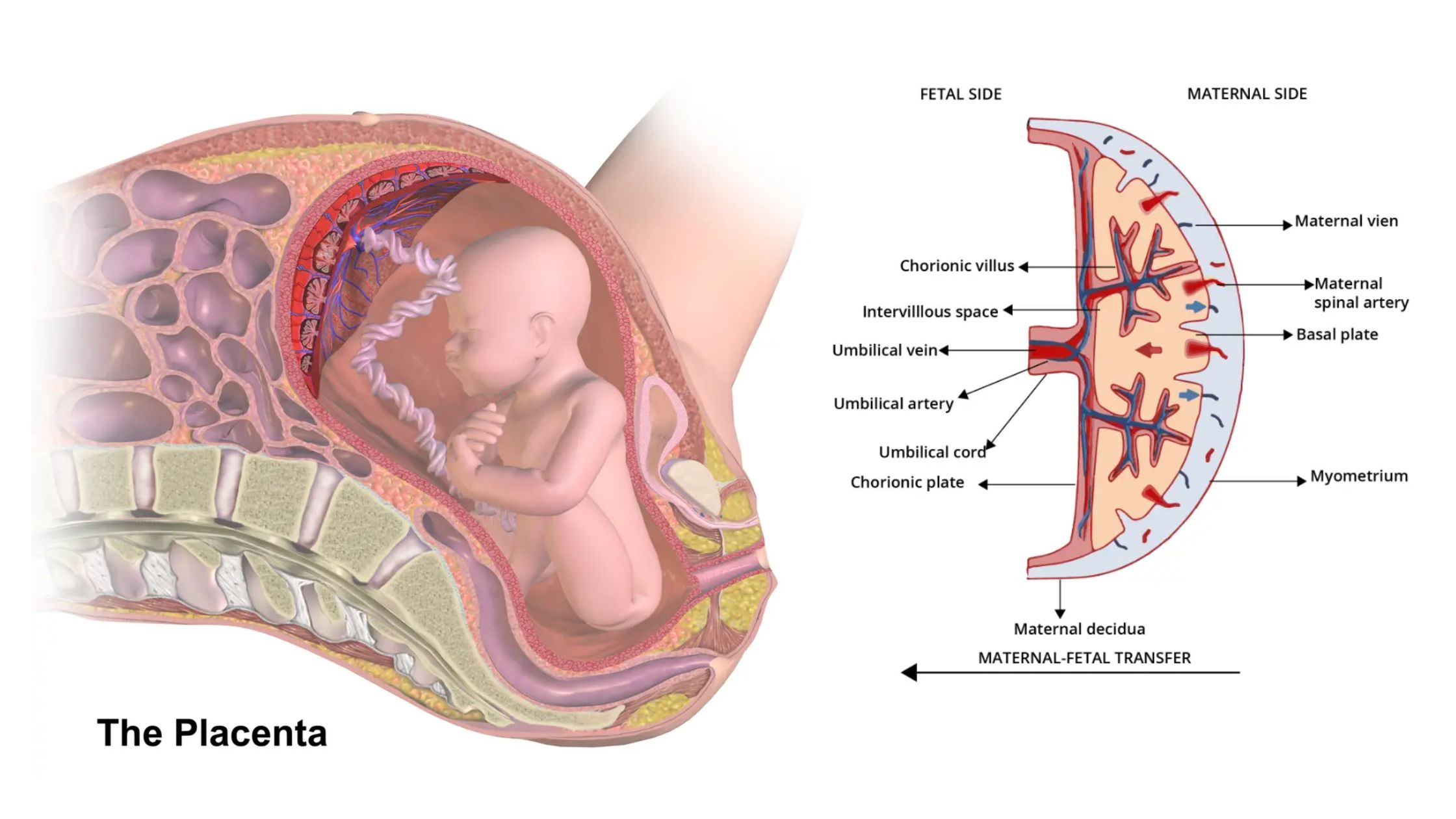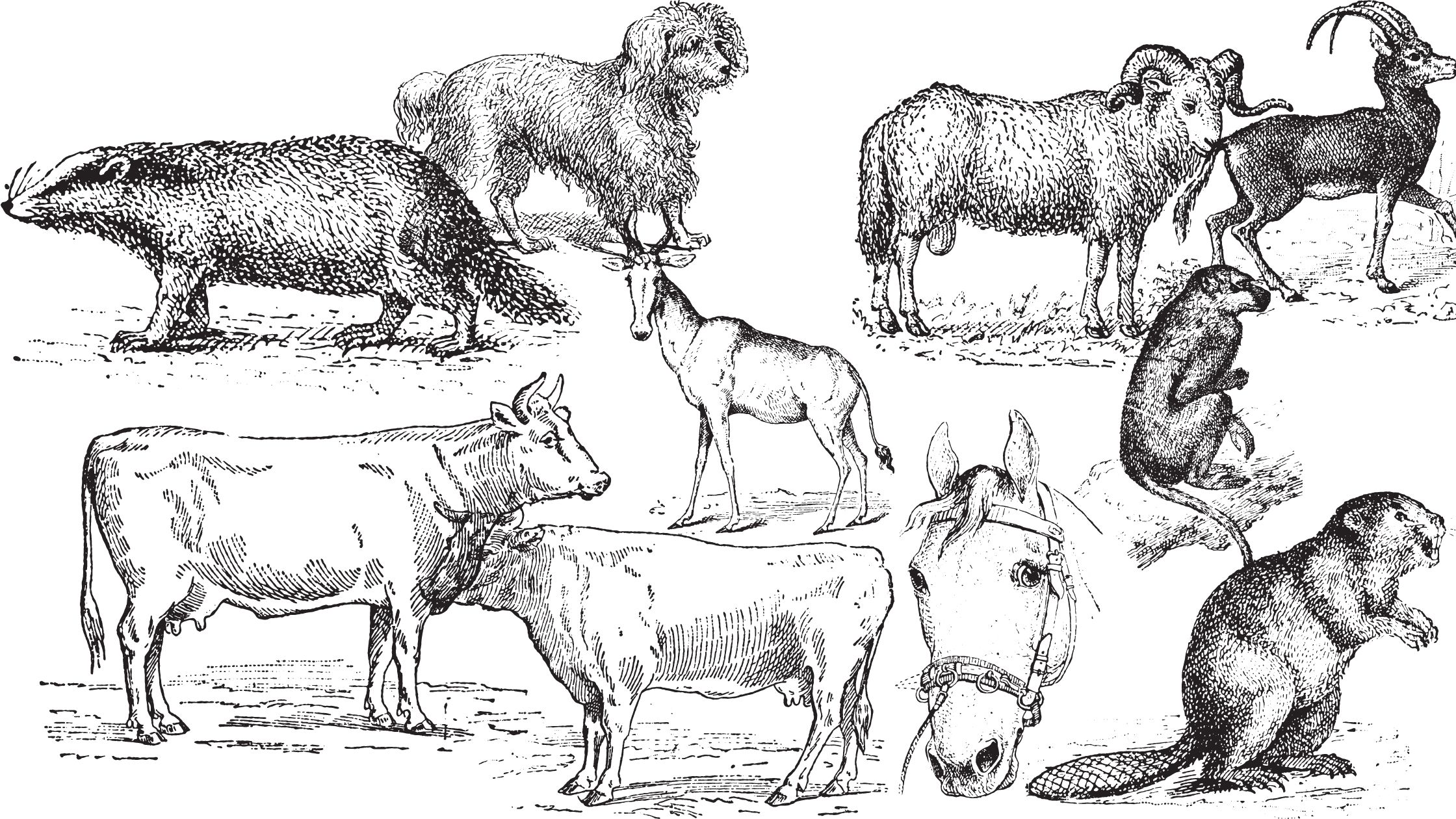What is Developmental Biology?
What is Developmental Biology? Developmental biology is a branch of biology that studies the processes and mechanisms by which multicellular organisms grow, develop, and reach their final form from a single fertilized egg or embryo. It examines how cells differentiate and specialize to form different tissues and organs, as well as how these structures are … Read more
